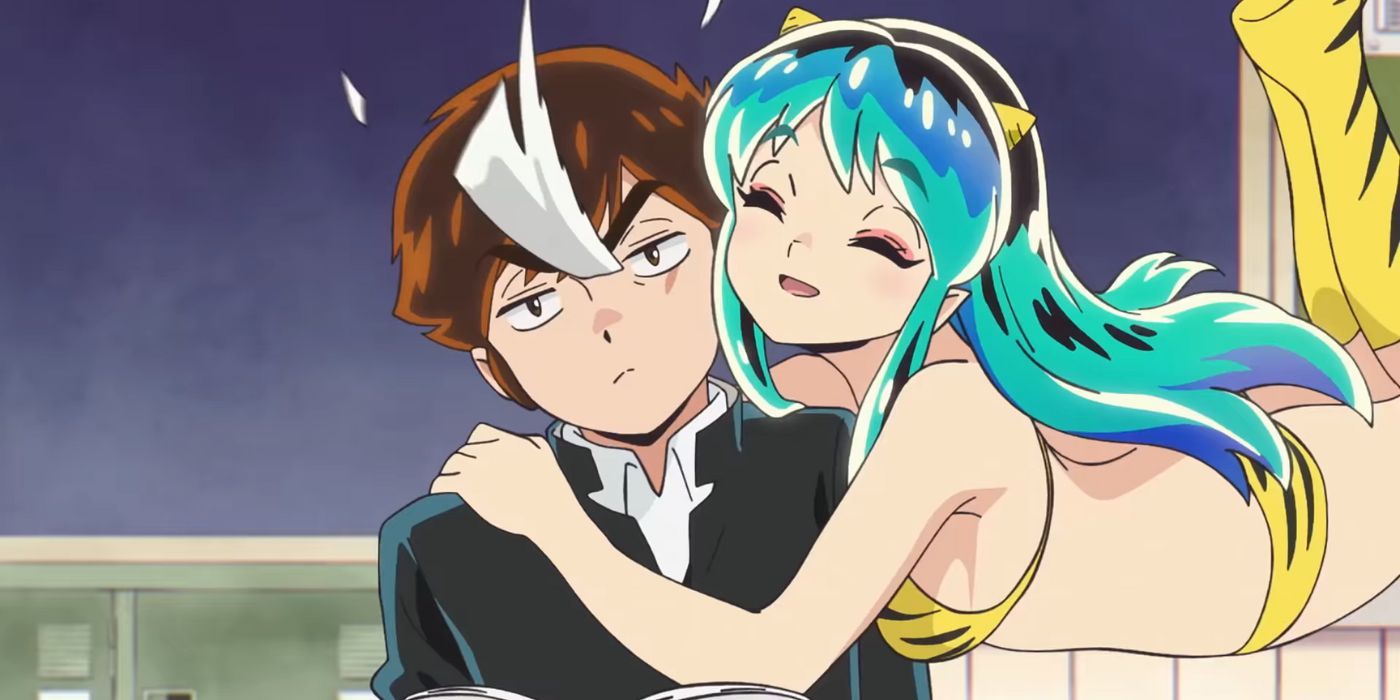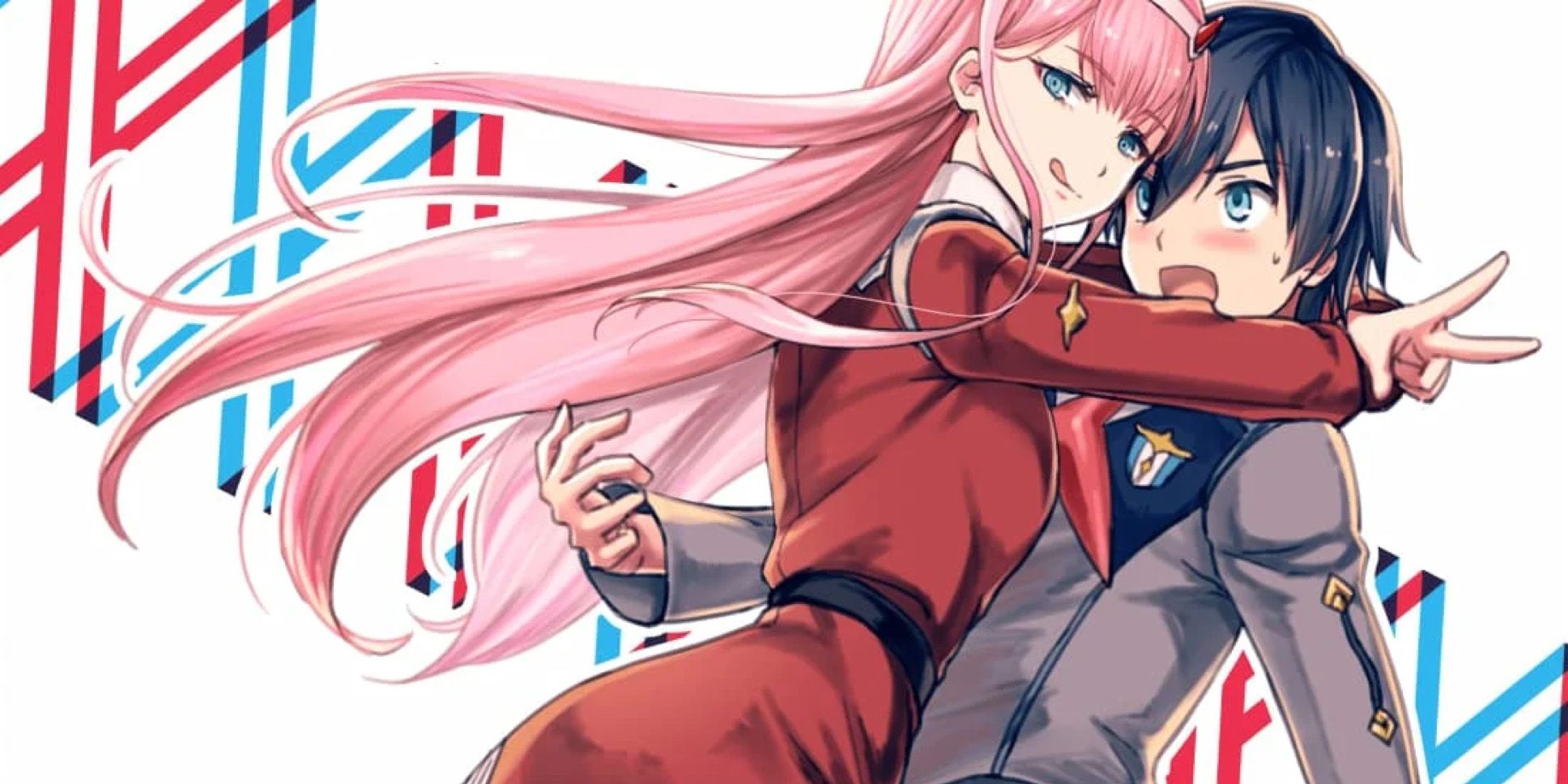Fan service is a hot-button topic in the anime fandom, frequently sparking heated debates and vicious arguments. While some people adore it and can't get enough of it, even a hint is enough to put others off a show for good. For older anime series, fan service was much more common, with it cropping up in the most unexpected shows. Fan service has a long and fascinating history.
While it is heavily debated which anime first used fan service in the modern sense, many point to 1973's Cutie Honey series as the originator of the trend. While it was tamer than Go Nagai's original manga, stripping away a lot of the sexual humor and violence, Cutie Honey's undressed transformation and Miss Alphonne's attraction to Honey were left intact. As time passed, however, these elements would become much more pronounced in anime. This is best seen with the Ecchi genre, which grew in the 1980s thanks to shows like Urusei Yatsura. Over time, many of the now-common subgenres would form, with many, like the harem genre, making frequent fan service a core part of the genre's identity.
One of the best ways to see the rise of fan service is to look at two shonen classics, Dragon Ball and Naruto. The original Dragon Ball anime launched in 1986 and was stuffed full of fan service. Bulma is the focus of this, and the show frequently shows her underwear or makes innuendo-laden jokes at her expense. Notably, the first fan service joke about Bulma appears in the DB's first episode when Bulma shows off her underwear. While in context, this is an attempt to seduce Goku into handing over the Dragon Ball. Conversely, Naruto, which made its anime debut in 2002, has less fan service. While the series does have some fan service in the first episode thanks to the Sexy Jutsu, overall the Naruto doesn't focus on gratuitous gestures. Plus, as the story progresses, the fan service becomes dramatically less common. If fans jumped in mid-way through, they would be forgiven for thinking the show has little to none. What makes this even more fascinating is that today, early Naruto episodes would be viewed as content that has more fan service than average, showing how it has become much less common over the years.
Marketing is one reason for the fan service in older anime, especially on covers and promotional materials. Today, anyone interested in a new series can look up a trailer on YouTube, read a plot synopsis on one of the hundreds of sites dedicated to anime news and reviews, or learn about it through the studio's official social media pages. However, in the past, getting people to look at new anime was a lot tougher. The only marketing options available were magazine write-ups, print ads, TV spots, or posters in various shopping areas. As the old adage says, "sex sells," and studios quickly realized that fan service was a fantastic way to catch a potential customer's wandering eye and get them interested in the product while also making their product stand out against the vast amount of other anime shows available. Because of this, many studios included fan service moments and made fan service-laden promotional images that could be included in marketing materials. However, this approach has diminishing returns due to its overuse across multiple series – the method becomes passé, meaning studios must find new ways to attract attention.
Older anime fan service is also a side effect of the rise of accessible home media. Before the advent of home media, anime was restricted to television and cinema and had to follow the strict rules and content guidelines laid down by networks and broadcast regulators. However, with the rise of VHS and other formats, studios were able to start making OVAs, which allowed them to create whatever they wanted without network approval. Many used this newfound freedom to push the boundaries and see what they could do, leading to OVAs being packed full of more extreme content, including a good amount of fan service.
This change also meant studios could focus on attracting specific demographics. When anime was purely for TV broadcast, there was an incentive to make sure shows appealed to the large audiences. At the time, most households only had a single television. Thus, they would watch shows as a family, and because of this, networks preferred shows that could draw large amounts of viewers. With the advent of accessible home media, studios could release things directly to home video, where they would only have to worry about making a profit rather than needing to get high ratings. Thus, they could focus on creating products that appealed to specific demographics, who could now watch things alone and whenever they wanted. A lot of studios opted to aim at young men and young women, as these were the ones most likely to buy and consume anime on home media, by offering them everything they could want from a show, including heavy fan service using characters that played into the most popular looks and archetypes of the time.
Changing the Audience's Taste
Many OVAs based on already popular TV anime franchises would use the fan service to tempt viewers into buying the OVA, promoting the OVA as a chance to see something they usually wouldn't be able to. This is a practice that still continues today where many home media releases of movies will feature extra scenes that were cut from the theatrical release, many of which feature edgier humor or more gratuitous swearing, making this version the "unrated cut" that viewers "didn't get to see in theaters" in an attempt to convince viewers to part with their cash despite likely having already seen the movie elsewhere.
But one of the biggest reasons for this massive amount of fan service, and its reduction in the years since, is audience taste and social attitudes. At the end of the day, studios aim to make as much money as possible and thus make shows that match the audiences' tastes and give them what they want.
In the late '90s and early 2000s, raunchy boundary-pushing content was popular. As a result, studios produced content that featured lots of it. However, as time has progressed, fan service has become less popular with fans, and edgier content has fallen out of the zeitgeist, so studios have reduced the amount to try and avoid alienating potential viewers. This isn't a uniquely Japanese phenomenon. The content in Western shows from the '90s or the early 2000s are dramatically different from those found in modern shows. But, as with any trend in the visual arts, the audience's demands will change as time passes, and studios will adapt to them. So, in the future, anime fans may see fan service go through a boom period once again as fans demand it and studios rush to supply it. If current trends are anything to go by, it seems like the fan service debate will never go away as it's different for every fan. However, looking back now, the rise and slow decline in fan service is a fascinating historical curiosity, showing how the anime industry has changed over time and how it has reacted to the growth of new technology and ways of doing business.



Post a Comment